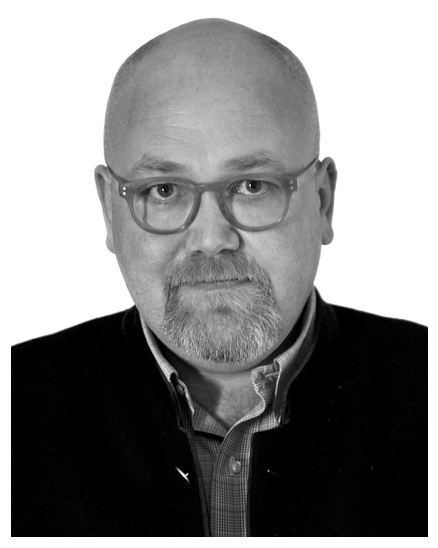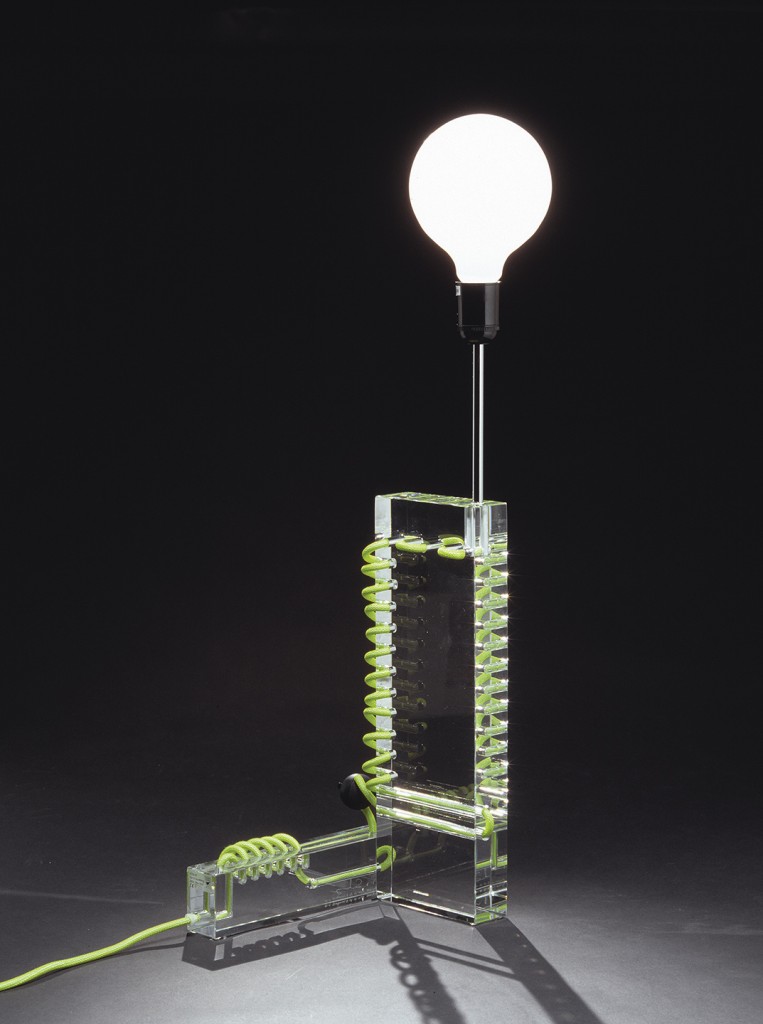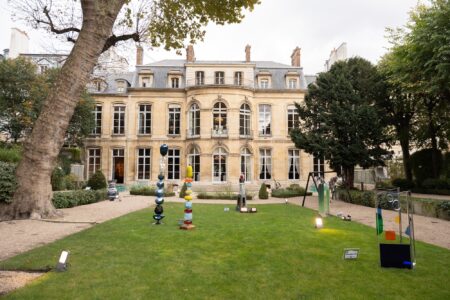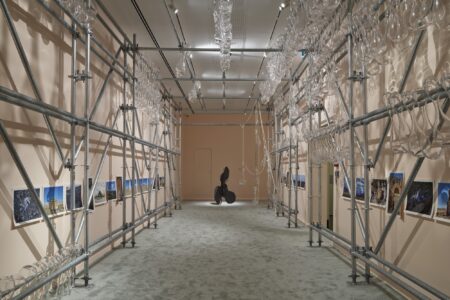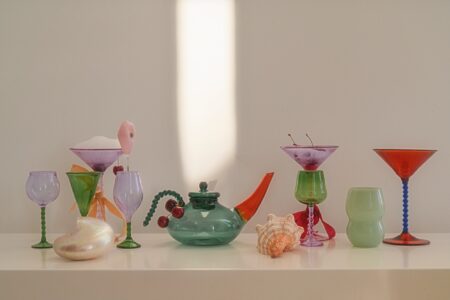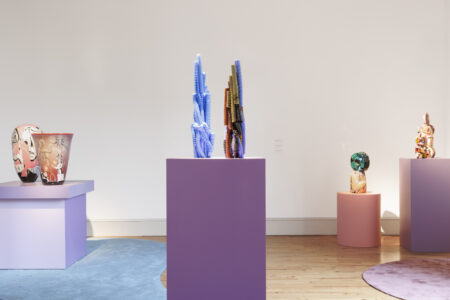Nationalmuseum: Bridging Contemporary and Historical Glass
Glass collection of Nationalmuseum in Stockholm, Sweden, consists of 3.500 glass works. Curator Anders Bengtsson talks about the collection and contemporary Swedish glass.
It’s no secret that the Nordic countries and Sweden have played an important role in directing the international design scene – perhaps even more so in the recent years.
Set along Stockholm’s Blasieholmen peninsula, the Nationalmuseum has long been one of the region’s most recognized art and design institutions. Dating back to the late 18th-century and original royal benefactor King Gustav III, the renaissance-inspired building is home to half a million drawings, 17th-century porcelain and sculptures as well as modern fine art.
As part of their recent renovation, the Nationalmuseum opened its design hub at the Kulturhuset Stadsteatern – an extension of the already well-established applied arts and design collection. Counting over 35.000 textile, furniture, metalwork, ceramics and industrial design pieces as well as a selection of 3.500 glass pieces, this offering balances a 19th-century and contemporary orientation.
Hosting the Glass is Tomorrow travelling exhibition in the summer 2015, Nationalmuseum applied art and design curator Anders Bengtsson shared his thoughts on glass and the collection.
Glass is Tomorrow: From where does your personal affinity for glass derive?
Anders Bengtsson: Having worked in a Stockholm auction house during the late 1980s, I noticed a renewed interest in 1910 to 1970 Swedish glass. Prices soared and many hidden treasures emerged. This period opened the door to a new historical understanding, which included 19th-century French and Italian glass.
As applied arts and design curator, what for you is the value of glass’ history versus contemporary application?
AB: Swedish glass began in the 16th-century and was historically produced by German and Bohemian immigrants – who introduced new techniques and contemporary styles. Today, our focus has shifted to the 20th-century – an era where Swedish glass was marked by critically acclaimed exhibitions as well as great commercial and artistic success. With much of the industry facing economic turmoil, designers are working independently in small glassworks and keeping the scene active.
What is the significance of providing a platform for this revived craft?
AB: Within a Swedish perspective, it’s important to show that high standard glass is still produced in Sweden. Its important to show that there are many independent producers and international collaborations in place.
What were your expectations for the Glass is Tomorrow exhibition at the Nationalmuseum?
AB: The goal was to showcase a major European collaboration but also work produced locally, around Stockholm. Traditionally, Swedish art glass was concentrated in the southern Småland region but in this exhibition we have decided omit that part of history and highlight a different region. •
Main image
Ann Wåhlström: BULB IV (2012). Blown at Museum of Glass, Tacoma, Washington, USA.
Glass Is Tomorrow is a European network, which aims at establishing more fluid exchange of knowledge and competencies between glass and design professionals in the north, south, east and west of Europe. Glass Is Tomorrow is initiated and organized by Brussels-based creative agency Pro Materia, which also publishes TLmagazine with Paris-based publishing house Bookstorming.
